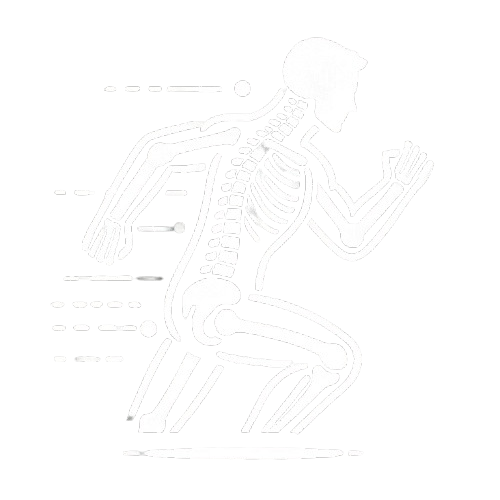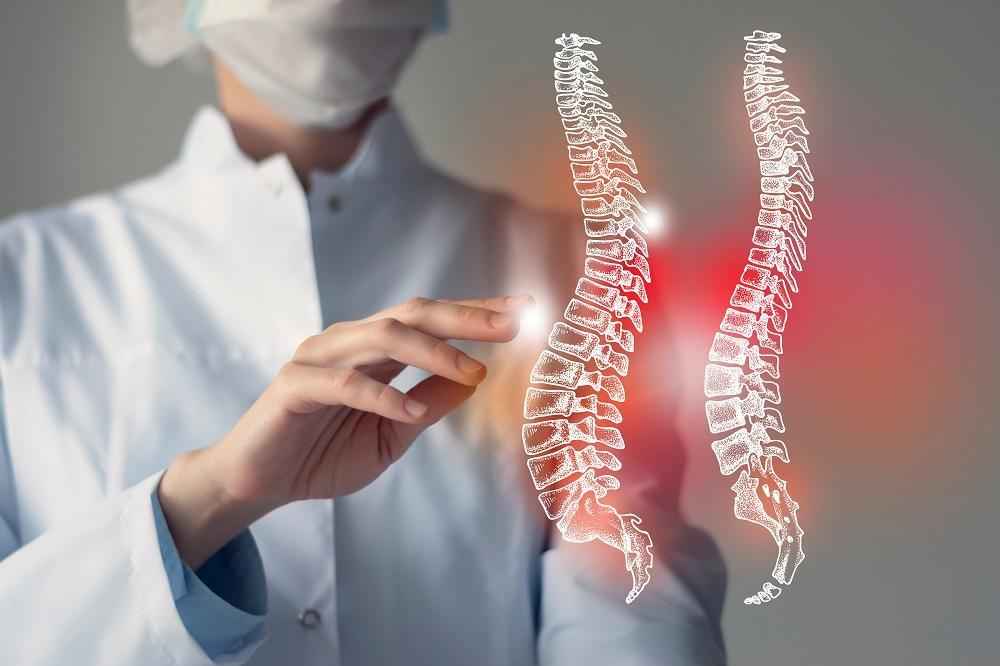Sports Spinal Injuries
Athletic competition has long been a known source of spinal injuries. Approximately 8.7 percent of all new cases of spinal cord injuries in the United States are related to sports activities. The sports activities that have the highest risk of catastrophic spinal injuries are football, ice hockey, wrestling, rugby. Axial compression forces to the top of the head can lead to cervical fracture and quadriplegia in any sport. It is critical for any medical personnel responsible for athletes in team to have a plan for stabilization and transfer of an athlete who sustains a cervical spine injury our skilled surgeons at Mspine have a lot of experience and are highly recommended to patients undergoing sports spinal injuries.







